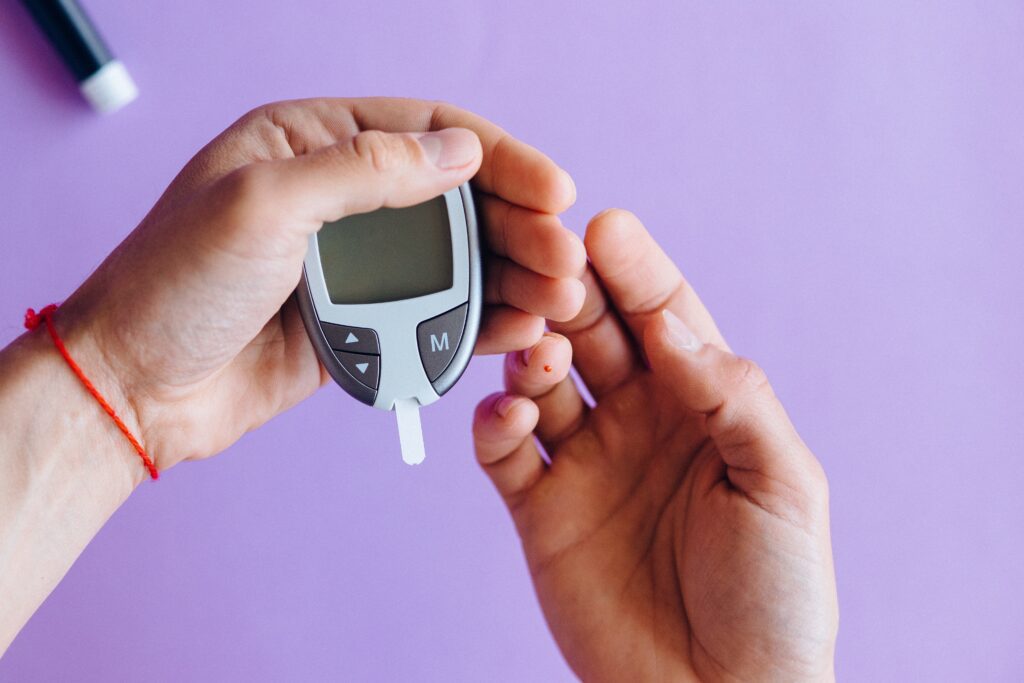Pig Cells May Be Useful in Diabetes Treatment

Pig Cells May Be Useful in Diabetes Treatment
It works in animals — the question is, will it successfully treat diabetes in humans? Researchers at the University of Minnesota’s Diabetes Institute for Immunology and Transplantation say they have successfully reversed diabetes in monkeys using transplanted islet cells from pigs.
Researchers have already had success reversing type 1 diabetes in humans through islet transplantation.
However, the demand for islet cells grossly outweighs the supply. In order to make islet transplantation a viable solution for the tens of thousands of people with difficult-to-manage diabetes, researchers say a safe and reliable source of islet cells must be found.
“These results suggest it is feasible to use pig islet cells as a path to a far-reaching cure for diabetes,” said Dr. Bernhard J. Hering, associate professor of surgery and lead investigator.
“Now that we have identified critical pathways involved in immune recognition and rejection of pig islet transplants, we can begin working on better and safer immunosuppressant therapies with the eventual goal of bringing the treatment to people.”
Details on the islet xenotransplantation studies were released online in the medical journal, Nature Medicine.
If research continues to be successful, Hering believes it may be possible to start clinical trials in humans in the next three years.
To begin working toward the goal of using this technology to help people, Spring Point Project, a non-profit corporation, has taken steps to build and operate biosecure barrier facilities to raise high-health pigs for planned pig islet transplant trials in humans.
Since it will take time to build biosecure facilities that meet the federal requirements for using animal tissues in humans, the Spring Point Project will proceed on a parallel track with the research at the university. The goal is to have suitable donor pigs available by the time the university has refined the immunosuppressive treatment to a point that makes it safe for clinical trials to begin.
Researchers say islet transplants seek to address an unmet medical need in people with type 1 and possibly type 2 diabetes who suffer frequent acute and severe chronic complications. The process is performed by isolating islet cells from a donor pancreas and transplanting them into the portal vein of the liver in people with diabetes.
If successful, transplanted islets will sense blood glucose levels on a minute-to-minute basis and release the appropriate amount of insulin to achieve tight blood glucose control. Insulin injections are no longer needed in recipients of successful transplants. Transplantation also offers hope in reducing the risk of developing debilitating secondary complications of diabetes, such as damage to the heart and blood vessels, eyes, nerves, and kidneys.

